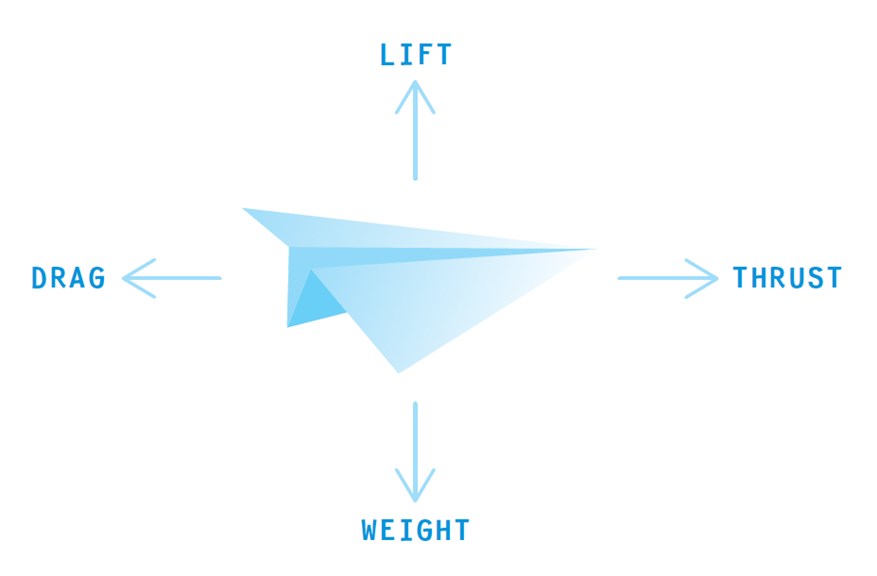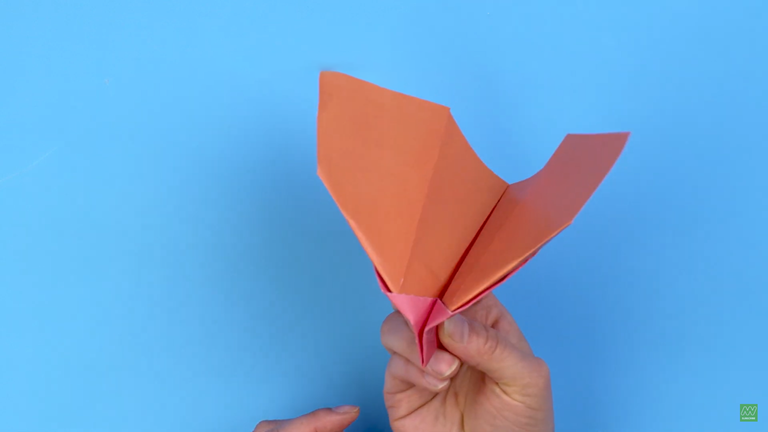
Paper aeroplanes
What makes a paper plane fly better than a piece of paper?
A good paper plane is a well-balanced design:
- It is strong enough to survive the initial thrust
- It has big enough wings to maximise drift and floating
- It has its centre of gravity about a quarter of the way from tip to tail
- It is symmetrical so it will fly in a straight line
Drag
Objects that move through air experience drag, also known as air resistance. A plane which is more streamlined will have less drag. This is why a pointy tipped plane with flat wings flies better than a piece of paper.
Thrust
Thrust is the forward movement of the plane. The initial thrust comes from the throw as the paper plane is launched. Some plane designs like the Dart requires a powerful throw whereas other designs need only a gentle release to glide.
Weight / Gravity
Gravity is a force that pulls objects towards the Earth. When planes are made out of a lighter material, they weigh less and require less lift to overcome gravity.
Lift
Lift is the force that pushes the plane up. A real plane has curved wings which means that air moving over the top is faster and has less pressure than the air underneath the wing, causing the plane to lift. A paper plane doesn’t experience as much lift but a large wing surface area and an angled throw could help maximise air time.
Questions to facilitate student thinking
Which plane has the most streamlined shape? Which has the biggest wings for its size? Which has a centre of gravity (the heaviest part) closest to a quarter of the way from tip to tail?
Which one flies the furthest? With how much force and at what angle do you throw each design for the best distance? Does size or thickness of the paper make a difference?
Paper plane instructions
In the Air Playground exhibition, visitors are provided with instructions to make four different types of paper planes:


Flapping Bat
The Flapping Bat is a trick plane! Its unique shape helps it speed up and slow down in the air, causing its wings to flap.
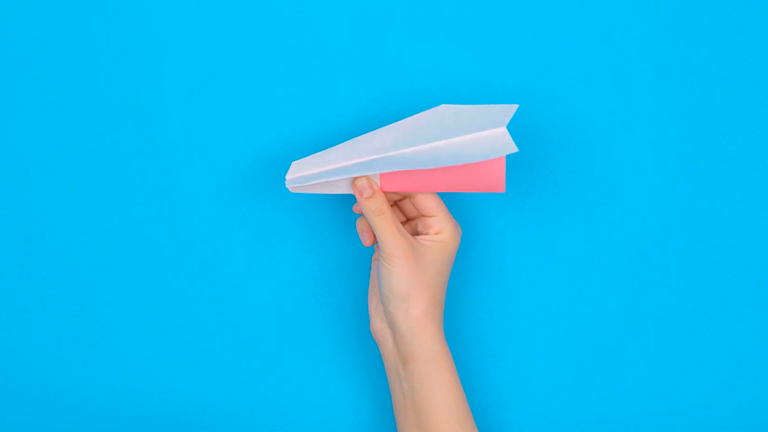
Blunt Nose glider
The Blunt-nosed Glider has a super stable design with a weighted front to help it stay balanced in the air.
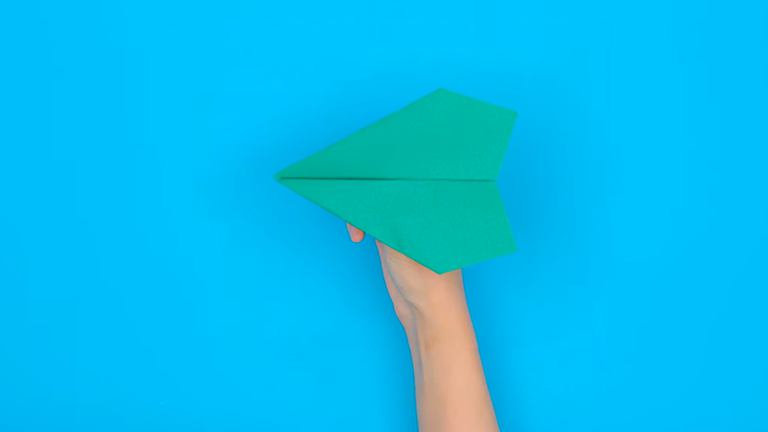
Suzanne glider
The Suzanne Glider once broke the world record for paper plane throwing distance at 69.14m.
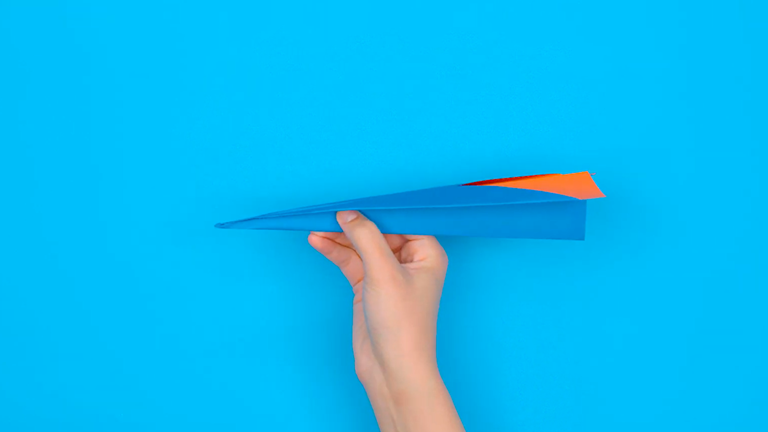
Classic Dart
The Classic Dart can be one of the easiest paper planes to make. Its streamlined shape and simple design help it to soar through the air.
